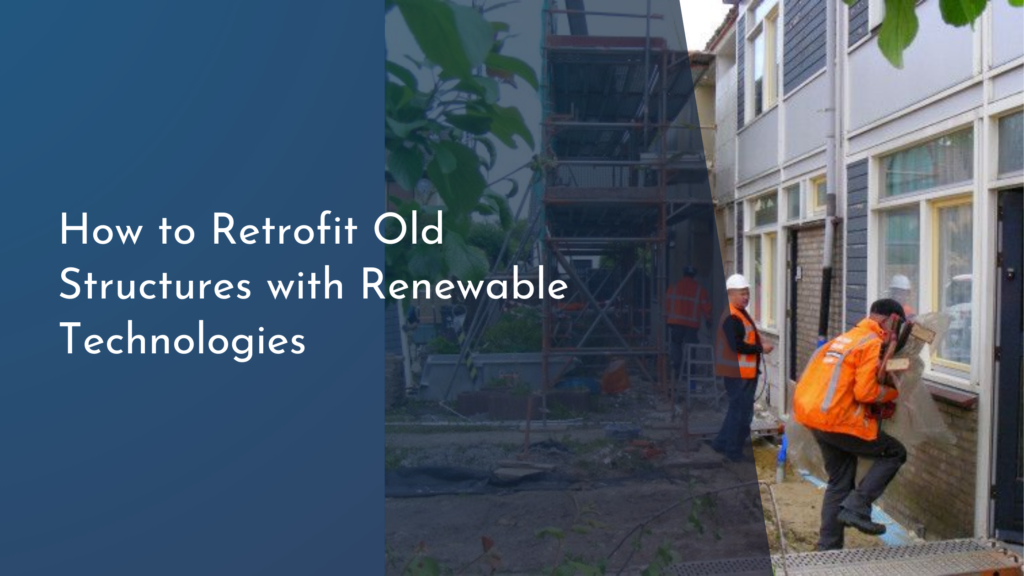Plant Selection Techniques for Resilient Gardens
Creating a resilient garden is not just about enhancing the beauty of your outdoor space; it’s also about cultivating a sustainable environment that can withstand varying weather conditions, pests, and diseases. By selecting the right plants, you can ensure that your garden flourishes year after year, bringing joy and life to your surroundings. In this article, we’ll explore effective plant selection techniques that will enable you to build a garden that is both aesthetically pleasing and robust.
Plant selection can be a delightful experience, allowing you to connect with nature and express your creativity. Choosing resilient plants not only empowers you to create a vibrant landscape but also contributes to a healthier ecosystem. Whether you’re a seasoned gardener or a beginner, understanding how to identify and select hardy plants can lead to a more successful gardening journey. Embrace the joy of choosing plants that will not only survive but thrive, providing you with a flourishing garden that stands the test of time.
Discover the Joy of Choosing Resilient Plants for Your Garden
When selecting plants for your garden, it’s essential to consider their resilience. Resilient plants can adapt to challenging conditions, such as drought, poor soil, and fluctuating temperatures. This adaptability means you can spend less time worrying about maintenance and more time enjoying the beauty of your garden. By choosing plants with a proven track record of toughness, you can create a lush, vibrant space that flourishes with minimal intervention.
Furthermore, selecting resilient plants encourages biodiversity, which is crucial for a healthy ecosystem. Varieties such as succulents, native grasses, and perennial flowers often require less water and care, making them ideal choices for gardeners looking to ease their workload. The satisfaction of nurturing plants that thrive in your specific environment is immensely rewarding and fosters a deep connection with the natural world around you.
Top Tips for Selecting Hardy Plants That Thrive Anywhere
To ensure your garden is both beautiful and resilient, start by researching plants that are well-adapted to your local climate and soil conditions. Local extension services, gardening clubs, or botanical gardens can provide valuable insights and recommendations. Look for plants that are known for their toughness, such as daylilies, sedums, and coneflowers. These plants are often drought-resistant and can withstand varying temperatures, making them perfect for a low-maintenance garden that still offers a burst of color.
Another important tip is to consider the right plants for your garden’s microclimates. Different areas of your yard may experience varying amounts of sunlight, wind, and moisture, which can significantly impact plant health. Grouping plants with similar needs together can improve their overall resilience and reduce maintenance requirements. By designing your garden strategically, you’ll create a harmonious environment that allows each plant to thrive.
Incorporating Native Species for a Sustainable Landscape
Integrating native species into your garden design is one of the most effective ways to create a sustainable landscape. Native plants are naturally adapted to your region’s climate and soil conditions, making them more resilient to local pests and diseases. Additionally, they typically require less water and maintenance than non-native species, making them an eco-friendly choice. By embracing native flora, you not only enhance the beauty of your garden but also help support local wildlife, such as pollinators and birds.
Moreover, native plants can contribute to better soil health and reduce the need for chemical fertilizers and pesticides. As they adapt to the local environment, they form beneficial relationships with soil microorganisms, enhancing nutrient availability and soil structure. By selecting native species for your garden, you foster an ecosystem that is both beautiful and sustainable, creating a thriving habitat for diverse wildlife while minimizing your environmental footprint.
Designing Your Resilient Garden: Balancing Beauty and Durability
Designing a resilient garden involves striking a balance between aesthetics and durability. While it’s tempting to fill your garden with trendy plants, focusing on those that will thrive in your specific environment is crucial for long-term success. Consider varying plant heights, textures, and colors to create visual interest while prioritizing hardiness. By incorporating a mix of perennials and annuals, you can achieve a dynamic look that changes with the seasons, ensuring your garden remains vibrant and engaging.
Additionally, consider using hardscaping elements, such as stones, pathways, and raised beds, to enhance your garden’s structure. These features not only add visual appeal but also help manage water runoff and soil erosion, contributing to the overall resilience of your garden. By thoughtfully designing your outdoor space with both beauty and durability in mind, you can create a welcoming sanctuary that you can enjoy for years to come.
Choosing resilient plants and incorporating native species into your garden not only enhances its beauty but also fosters a sustainable environment. By following the tips outlined in this article, you can create a vibrant garden that stands the test of time, providing a sanctuary for you and local wildlife. Embrace the joy of gardening, knowing that each plant you select contributes to a healthier, more resilient landscape. Happy gardening!

